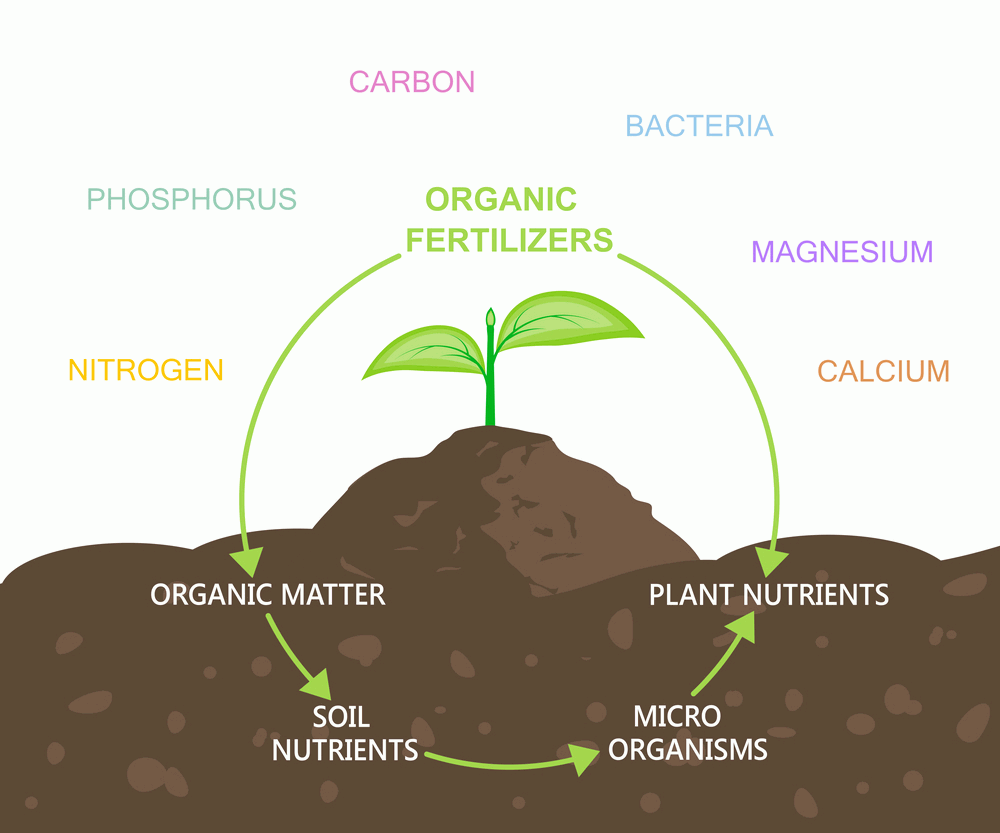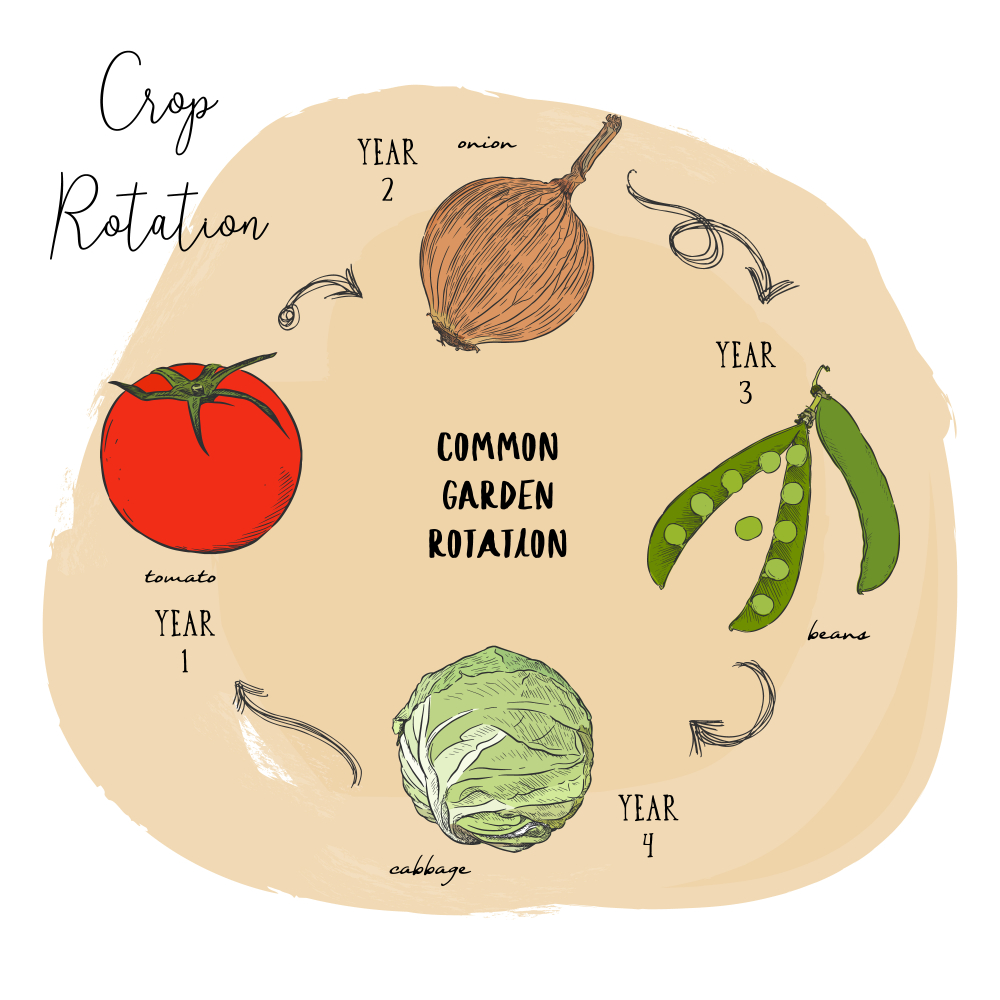

Spider Mums, also known as Spider Chrysanthemums, are a type of chrysanthemum plant that is known for their long, spider-like petals. These plants come in a wide variety of colors, including white, yellow, pink, red, and purple. They are popular for their showy blooms and are often used as cut flowers or in landscaping.
- How to Prune Spider Mums: Spider Mums should be pruned in the fall or early spring before new growth begins. Cut back the stems to about 6 inches tall, but leaving some foliage on the plant.
- How to Protect Spider Mums from Overwintering: Spider Mums are not frost-tolerant, so they should be protected from frost during the winter months. You can mulch around the base of the plant or bring the container indoors.
FAQs Related to Spider Mums:
- What is the ideal pH range for Spider Mums? The ideal pH range for Spider Mums is 6-7
- How often should I fertilize my Spider Mums? Spider Mums should be fertilized every 4-6 weeks during the growing season.
- How can I tell if my Spider Mums are getting enough water? If the leaves are wilting or turning brown, it may not be getting enough water.
- What are the hardiness zones of Spider Mums? Spider Mums are hardy in zones 5-9
- What is the mature height and width of Spider Mums? The mature height and width of Spider Mums is around 2-3 ft tall and wide
- Is it safe to plant Spider Mums around pets or children? Spider Mums are not toxic to pets or children.
How to Grow Spider Mum from Seed
Growing Spider Mums from seed can be a bit challenging, but it is definitely possible. Here are the steps to follow:
- Obtain Spider Mum seeds: You can purchase Spider Mum seeds from a reputable seed supplier or collect them from mature plants in the fall.
- Prepare the seeds: The seeds should be cleaned and sorted before planting. Remove any debris and discard any seeds that are not plump and dark.
- Stratify the seeds: Spider Mum seeds need a period of cold stratification to break their dormancy. Place the seeds in a plastic bag with moist peat moss or vermiculite and refrigerate for 6-8 weeks.
- Sow the seeds: After the stratification period, sow the seeds in seed trays or pots filled with seed compost. Cover the seeds with a thin layer of compost or vermiculite and keep the soil moist.
- Germination: Spider Mum seeds will typically germinate in 2-4 weeks at temperatures between 60-70°F. Keep the seedlings in a bright, well-ventilated area, but out of direct sunlight.
- Transplanting: Once the seedlings have at least two true leaves, transplant them into small pots with well-draining potting soil. Keep the seedlings in a sunny, protected spot until all danger of frost has passed.
- Care: Once the seedlings have been transplanted, care for them as you would for mature plants, providing regular water and fertilization.
Note: Growing Spider Mums from seed can be a bit challenging and require more patience, but it can be a rewarding experience.
How to Care for Spider Mum
Caring for Spider Mums is relatively easy and straightforward. Here are some tips to keep your plants healthy and blooming:
- Light: Spider Mums prefer bright, indirect light, but can tolerate some shade. Avoid direct sunlight, which can scorch the leaves.
- Water: Keep the soil consistently moist, but not waterlogged. Allow the top inch of soil to dry out before watering again.
- Temperature: Spider Mums like cool temperatures, between 60-70°F. They may not bloom well in very warm or hot climates.
- Soil: Spider Mums prefer well-draining, humus-rich soil. Use a commercial potting soil or make your own by mixing equal parts of peat moss, perlite, and vermiculite.
- Fertilizer: Feed Spider Mums with a balanced fertilizer every 2-3 weeks during the growing season.
- Pest and disease: Spider Mums are generally resistant to pests and diseases, but watch out for spider mites and powdery mildew.
- Pruning: Pinch back the tips of the stems to encourage bushier growth and more blooms. Deadhead (remove spent blooms) regularly to keep the plant looking neat and to promote reblooming.
- Overwintering: Spider Mums are not hardy and should be protected from frost and freezing temperatures. Bring the plant indoors or cover it with frost blankets in the fall.
With proper care, your Spider Mum will reward you with beautiful, long-lasting blooms throughout the growing season.
How to Grow Spider Mum in a Pot?
Growing Spider Mums in pots is a great way to enjoy these beautiful flowers in small spaces or as a temporary addition to your garden. Here’s how to do it:
- Choose a pot: Use a pot that is at least 12 inches in diameter and has drainage holes at the bottom.
- Fill the pot with soil: Use a well-draining, humus-rich potting soil. Mix equal parts of peat moss, perlite, and vermiculite.
- Plant the Spider Mum: Plant the mum at the same depth it was growing in its original container. Make sure the crown (where the stem meets the roots) is at soil level.
- Water: Water the mum thoroughly after planting. Keep the soil consistently moist, but not waterlogged. Allow the top inch of soil to dry out before watering again.
- Light: Spider Mums prefer bright, indirect light, but can tolerate some shade. Avoid direct sunlight, which can scorch the leaves.
- Fertilizer: Feed Spider Mums with a balanced fertilizer every 2-3 weeks during the growing season.
- Pest and disease: Spider Mums are generally resistant to pests and diseases, but watch out for spider mites and powdery mildew.
- Pruning: Pinch back the tips of the stems to encourage bushier growth and more blooms. Deadhead (remove spent blooms) regularly to keep the plant looking neat and to promote reblooming.
- Overwintering: Spider Mums are not hardy and should be protected from frost and freezing temperatures. Bring the plant indoors or cover it with frost blankets in the fall.
How to Protect Spider Mum from Pests and Diseases
Here are some ways to protect Spider Mums from pests and diseases:
- Keep the area clean: Regularly remove fallen leaves, flowers, and debris from around the plant. This will help prevent the buildup of pests and diseases.
- Provide proper care: Spider Mums require proper care to stay healthy and resist pests and diseases. Make sure they are planted in well-draining soil, in a location with the right amount of light, and are kept consistently moist but not waterlogged.
- Check for pests: Regularly inspect the plant for signs of pests, such as spider mites, aphids, and thrips. If you notice any, take action immediately by removing the pests by hand or using an insecticidal soap.
- Disease prevention: Keep an eye out for signs of diseases, such as powdery mildew, rust, or leaf spot. If you notice any, remove affected leaves and treat the plant with a fungicide.
- Use beneficial insects: Encourage beneficial insects, such as ladybugs, lacewings, and parasitic wasps, to help control pests.
- Avoid over-fertilizing: Over-fertilizing can lead to weak, stressed plants that are more susceptible to pests and diseases.
- Proper spacing: Properly spacing plants can help prevent pests and diseases from spreading from plant to plant.














